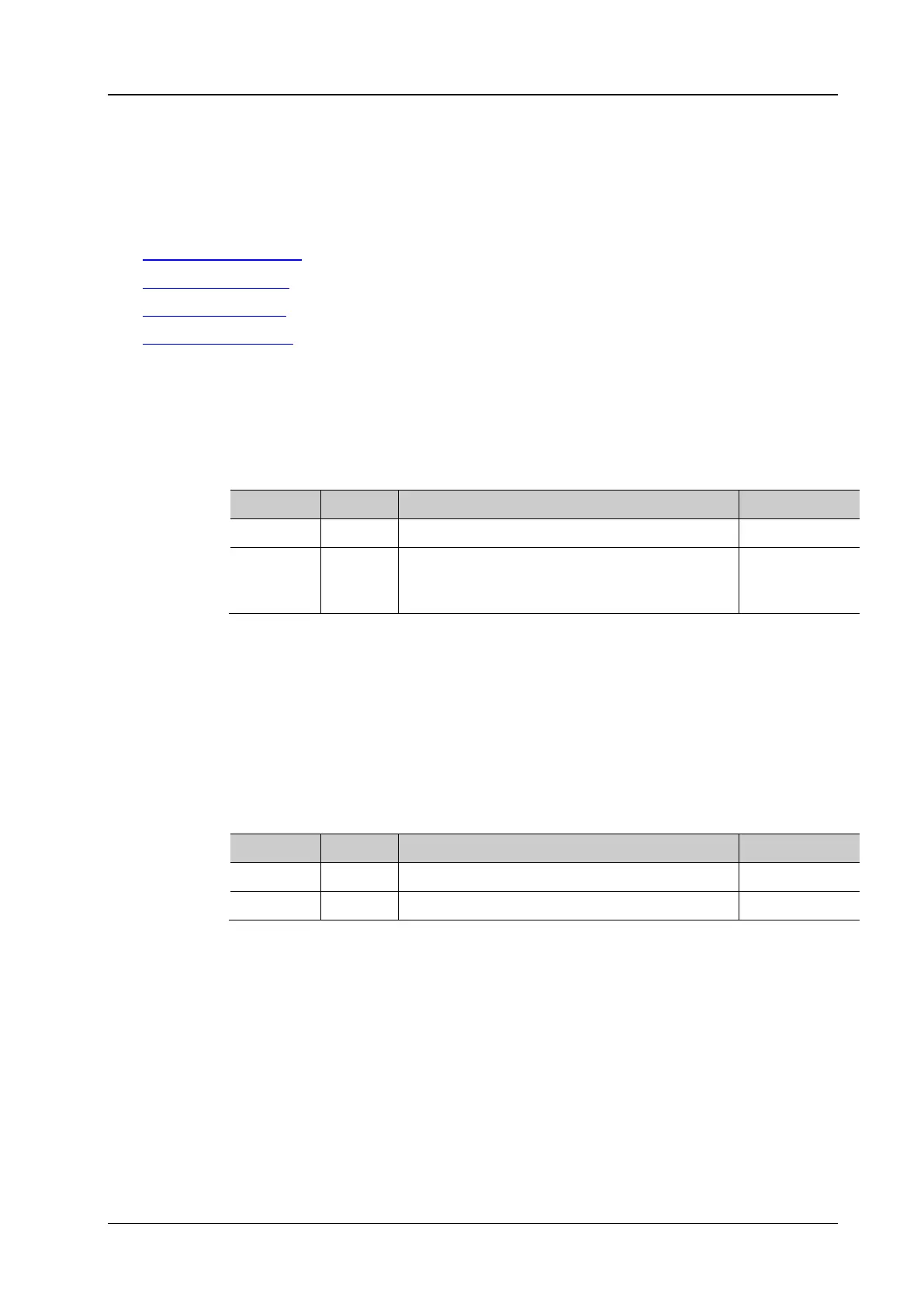Chapter 2 Command System RIGOL
MSO7000/DS7000 Programming Guide 2-29
:BUS<n>:CAN (Option)
The :BUS<n>:CAN commands are used to set relevant parameters for CAN decoding.
Command List:
:BUS<n>:CAN:SOURce
:BUS<n>:CAN:STYPe
:BUS<n>:CAN:BAUD
:BUS<n>:CAN:SPOint
:BUS<n>:CAN:SOURce
:BUS<n>:CAN:SOURce <source>
:BUS<n>:CAN:SOURce?
Sets or queries the source channel of CAN decoding.
{D0|D1|D2|D3|D4|D5|D6|D7|D8|D9|D10|D11|
D12|D13|D14|D15|CHANnel1|CHANnel2|CHAN
nel3|CHANnel4}
The query returns D0, D1, D2, D3, D4, D5, D6, D7, D8, D9, D10, D11, D12, D13, D14,
D15, CHAN1, CHAN2, CHAN3, or CHAN4.
:BUS1:CAN:SOURce D0 /*Sets the source channel of CAN decoding to D0.*/
:BUS1:CAN:SOURce? /*The query returns D0.*/
:BUS<n>:CAN:STYPe
:BUS<n>:CAN:STYPe <stype>
:BUS<n>:CAN:STYPe?
Sets or queries the signal type of CAN decoding.
{TX|RX|CANH|CANL|DIFFerential}
TX: indicates the Transmit signal from the CAN bus transceiver.
RX: indicates the Receive signal from the CAN bus transceiver.
CANH: indicates the actual CAN_H differential bus signal.
CANL: indicates the actual CAN_L differential bus signal.
DIFFerential: indicates the CAN differential bus signal connected to an analog
channel by using a differential probe. Connect the differential probe's positive lead
to the CAN_H bus signal and connect the negative lead to the CAN_L bus signal.
The query returns TX, RX, CANH, CANL, or DIFF.
:BUS1:CAN:STYPe TX /*Sets the signal type of CAN decoding to TX.*/
:BUS1:CAN:STYPe? /*The query returns TX.*/
